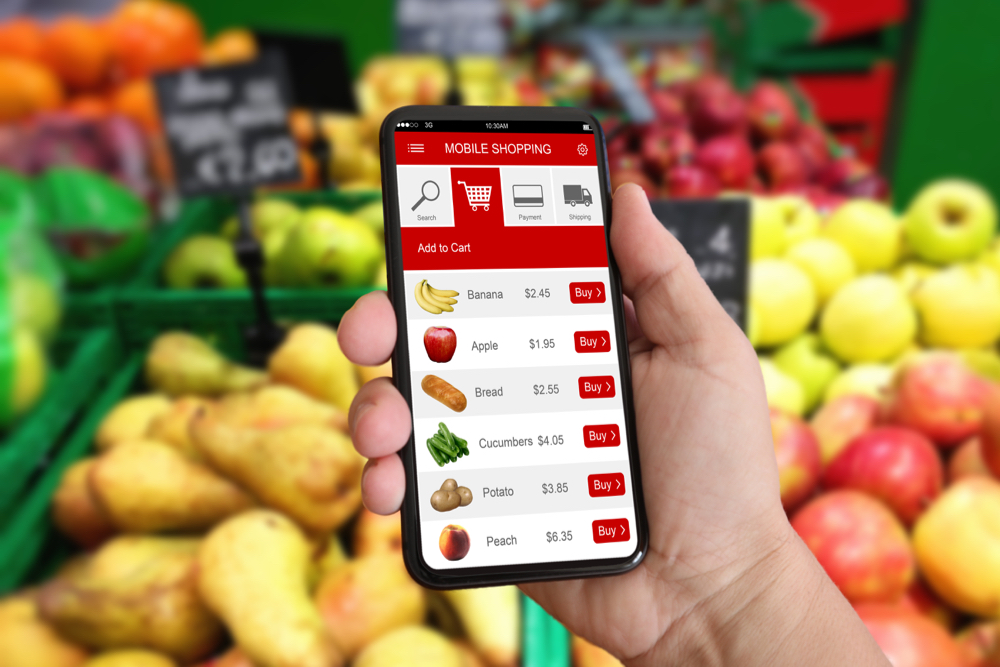The following is excerpts from the report “Characterizing the Ideal Model of Value Chain Management and Barriers to its Implementation” recently released by the George Morris Centre at the University of Guelph.
Many attempts have been made to describe what differentiates a supply chain from a value chain. What lies at the heart of the differentiation is the way each is managed. As with any managerial practice, the ability to manage a chain has to be learnt and is, therefore, an ongoing process. Almost every function (i. e. logistics, selling, buying, processing, marketing, etc.) that occurs in a supply chain also occurs in a value chain.
Read Also

Precision pig feeding lowers farm cost, greenhouse gas emissions
A customized diet for each pig reduces the farmer’s feed cost, boosts hog growth and bolsters the pork sector’s environmental track record.
The most obvious differences between supply chain and value chain management are as follows: Supply chain management focuses mostly on increasing the efficiency of current operations, such as minimizing transportation or production costs in isolation of other factors. Its core focus is on reducing costs while retaining the systems and processes already in place.
Value chain management, on the other hand, comes from the standpoint of basing management decisions on whether an operation creates value from consumers’ perspective. Its core focus is on developing the systems (resources, infrastructure, processes and relationships) necessary to satisfy or exceed consumers’ expectations. Cost reduction is an outcome of this approach, as is superior quality and competitiveness. A good analogy for comparing the sustainability of the two approaches is to consider the fortunes of General Motors (which followed the SCM approach) versus Toyota (which followed the VCM approach).
KEYS TO SUCCESS
While all value chains are not the same, the success of any value chain is dependent upon it exhibiting certain characteristics. Collins et al. (2002) defined these as the six principles of VCM: focus on customers and consumers; create, share, realize and protect value; get the product right every time; ensure effective and efficient logistics; ensure an effective information and communications strategy is in place; build and maintain effective relationships.
ONE OF SEVERAL REASONS FOR FAILURE
A highly functioning value chain is able to generate profits based on developing, producing and communicating consumers-recognized value. Focusing on productivity, particularly at the farm level, without giving due attention to the overall value chain will negatively impact competitiveness. However, this is exactly the approach that much of agriculture has historically followed. To put it bluntly, farming has been in the tonnage business, not in the value-generation business. Changing industry mindsets toward creating value through innovation rather than simply “producing more” is extremely challenging. Many current agricultural and agri-food industry policies, legislation and structures are not conducive to encouraging managers and businesses to more effectively adapt to rapidly changing business environments.
The full report can be found at: www.vcmtools.ca.


















